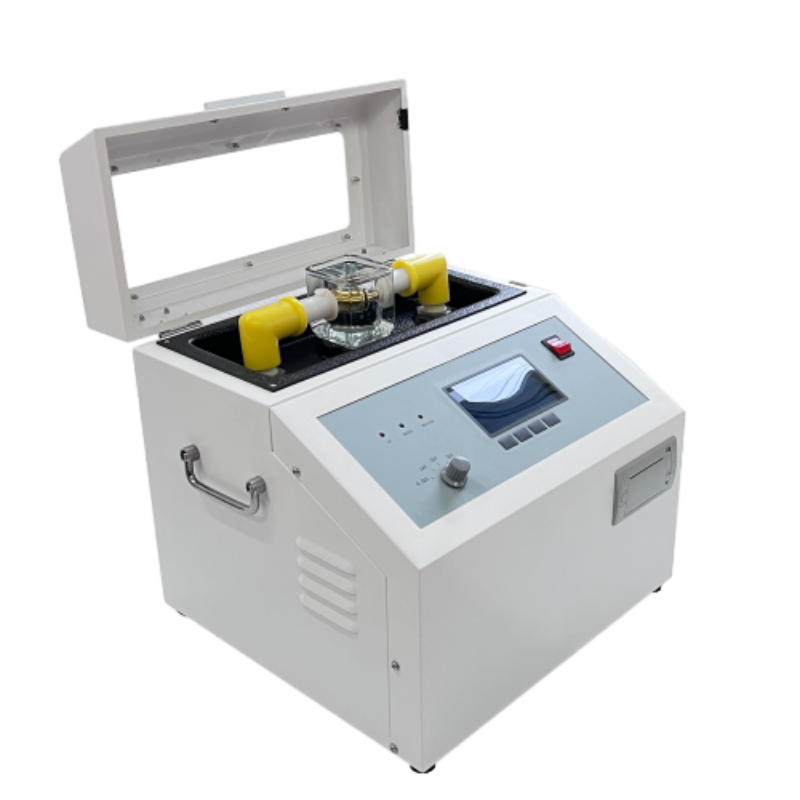 English
English



-
 Afrikaans
Afrikaans -
 Albanian
Albanian -
 Amharic
Amharic -
 Arabic
Arabic -
 Armenian
Armenian -
 Azerbaijani
Azerbaijani -
 Basque
Basque -
 Belarusian
Belarusian -
 Bengali
Bengali -
 Bosnian
Bosnian -
 Bulgarian
Bulgarian -
 Catalan
Catalan -
 Cebuano
Cebuano -
 China
China -
 China (Taiwan)
China (Taiwan) -
 Corsican
Corsican -
 Croatian
Croatian -
 Czech
Czech -
 Danish
Danish -
 Dutch
Dutch -
 English
English -
 Esperanto
Esperanto -
 Estonian
Estonian -
 Finnish
Finnish -
 French
French -
 Frisian
Frisian -
 Galician
Galician -
 Georgian
Georgian -
 German
German -
 Greek
Greek -
 Gujarati
Gujarati -
 Haitian Creole
Haitian Creole -
 hausa
hausa -
 hawaiian
hawaiian -
 Hebrew
Hebrew -
 Hindi
Hindi -
 Miao
Miao -
 Hungarian
Hungarian -
 Icelandic
Icelandic -
 igbo
igbo -
 Indonesian
Indonesian -
 irish
irish -
 Italian
Italian -
 Japanese
Japanese -
 Javanese
Javanese -
 Kannada
Kannada -
 kazakh
kazakh -
 Khmer
Khmer -
 Rwandese
Rwandese -
 Korean
Korean -
 Kurdish
Kurdish -
 Kyrgyz
Kyrgyz -
 Lao
Lao -
 Latin
Latin -
 Latvian
Latvian -
 Lithuanian
Lithuanian -
 Luxembourgish
Luxembourgish -
 Macedonian
Macedonian -
 Malgashi
Malgashi -
 Malay
Malay -
 Malayalam
Malayalam -
 Maltese
Maltese -
 Maori
Maori -
 Marathi
Marathi -
 Mongolian
Mongolian -
 Myanmar
Myanmar -
 Nepali
Nepali -
 Norwegian
Norwegian -
 Norwegian
Norwegian -
 Occitan
Occitan -
 Pashto
Pashto -
 Persian
Persian -
 Polish
Polish -
 Portuguese
Portuguese -
 Punjabi
Punjabi -
 Romanian
Romanian -
 Russian
Russian -
 Samoan
Samoan -
 Scottish Gaelic
Scottish Gaelic -
 Serbian
Serbian -
 Sesotho
Sesotho -
 Shona
Shona -
 Sindhi
Sindhi -
 Sinhala
Sinhala -
 Slovak
Slovak -
 Slovenian
Slovenian -
 Somali
Somali -
 Spanish
Spanish -
 Sundanese
Sundanese -
 Swahili
Swahili -
 Swedish
Swedish -
 Tagalog
Tagalog -
 Tajik
Tajik -
 Tamil
Tamil -
 Tatar
Tatar -
 Telugu
Telugu -
 Thai
Thai -
 Turkish
Turkish -
 Turkmen
Turkmen -
 Ukrainian
Ukrainian -
 Urdu
Urdu -
 Uighur
Uighur -
 Uzbek
Uzbek -
 Vietnamese
Vietnamese -
 Welsh
Welsh -
 Bantu
Bantu -
 Yiddish
Yiddish -
 Yoruba
Yoruba -
 Zulu
Zulu
induced overvoltage test
Induced Overvoltage Test Understanding Its Purpose and Importance in Electrical Systems
In the realm of electrical engineering, ensuring the reliability and safety of electrical equipment is paramount. One of the critical tests employed to achieve this is the Induced Overvoltage Test (IOVT). This assessment plays a vital role in verifying the insulation integrity of electrical devices, such as transformers, generators, and motors, particularly under abnormal conditions.
Induced Overvoltage Test Understanding Its Purpose and Importance in Electrical Systems
To carry out the Induced Overvoltage Test, a test voltage is applied that is typically several times higher than the rated voltage of the device being tested. For instance, the test voltage is often set to 2 to 3 times the rated voltage for a specific duration, usually ranging from 1 minute to 10 minutes, depending on the equipment specifications and standards. During this period, the insulation material—whether it be oil, plastic, or other forms of dielectric—is subjected to elevated voltage to observe its dielectric strength and overall integrity.
induced overvoltage test

The design of the test setup is crucial to obtaining accurate results. Special testing equipment, such as transformers capable of stepping up voltage, is necessary to achieve the high voltage levels required for the test. Additionally, safety precautions must be strictly adhered to during testing. Qualified personnel must monitor the procedure closely to ensure that the test is conducted safely, and any potential hazards are mitigated.
One of the major benefits of conducting the Induced Overvoltage Test is its effectiveness in uncovering latent defects in insulation materials that may not be apparent during regular operational assessments. These defects can stem from manufacturing flaws, physical damage, environmental influences like moisture or heat, or even aging of materials over time. Early detection of such weaknesses is crucial, as it allows for timely maintenance or replacement of affected components, thus preventing unexpected outages or unsafe conditions.
Moreover, the IOVT is often mandated by various industry standards, such as the IEC (International Electrotechnical Commission) and IEEE (Institute of Electrical and Electronics Engineers), ensuring that electrical equipment adheres to global safety and performance benchmarks. Compliance with these standards is essential for manufacturers, as it not only enhances the quality and reliability of their products but also builds customer trust.
In conclusion, the Induced Overvoltage Test is an invaluable tool in the field of electrical engineering, providing a proactive approach to ensuring the longevity and safety of electrical systems. As the demand for reliable energy solutions continues to grow, so does the importance of such testing procedures. By simulating overvoltage conditions and thoroughly assessing insulation performance, engineers can effectively prevent failures, enhance operational reliability, and ultimately contribute to safer electrical infrastructures. The IOVT stands as a testament to the ongoing commitment to safety and excellence in electrical engineering practices and serves as a critical measure in safeguarding both equipment and personnel against the unforeseen consequences of electrical failures.
-
Testing Equipment Industry Sees Major Advancements in 2025: Smart & Precision Technologies Lead the WayNewsJun.06,2025
-
Applications of Direct Current Generators in Renewable Energy SystemsNewsJun.05,2025
-
Hipot Tester Calibration and Accuracy GuidelinesNewsJun.05,2025
-
Digital Circuit Breaker Analyzer Features and BenefitsNewsJun.05,2025
-
Benefits of Real-Time Power Quality Monitoring Devices for Industrial EfficiencyNewsJun.05,2025
-
Earth Fault Loop Testing in High-Rise Building Electrical SystemsNewsJun.05,2025



